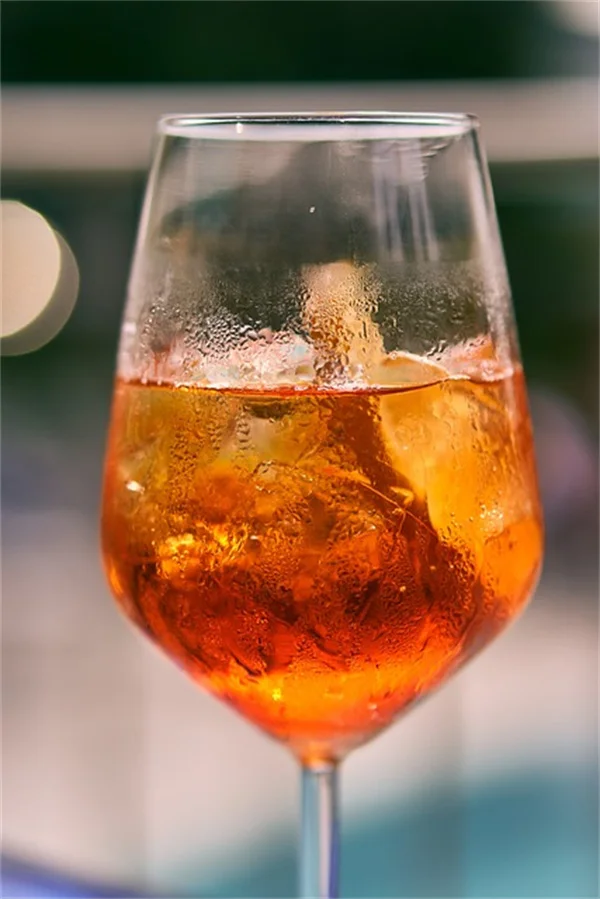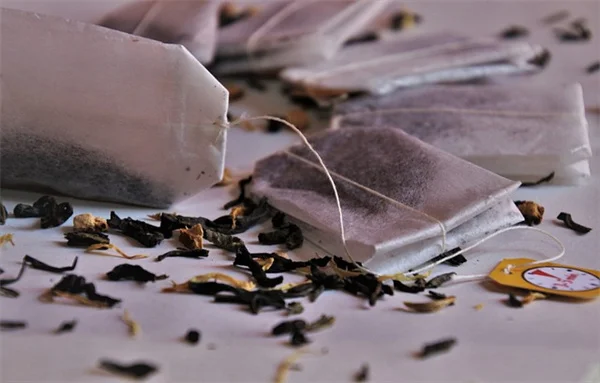How to Clean Slate Floors: Your Ultimate Guide for a Stunning Shine!
Are you wondering how to clean slate floors effectively? The answer is simple: with the right tools and routine, you can keep your slate looking stunning! Just like you wouldn't ignore a luxury car, your slate floors deserve the same level of care. Regular cleaning not only enhances their beauty but also helps maintain a healthy environment for you and your family. Imagine walking into a home where every tile sparkles and feels inviting; that’s what a little effort can achieve. In this guide, I'll share the best practices and tips so you can give your slate floors the VIP treatment they truly deserve. Let's dive in and transform your floors together! 🧽✨
E.g. :How to Deep Clean Laminate Floors: 7 Steps for a Stunning Shine!
- 1、Why Your Slate Floors Deserve VIP Treatment 🏆
- 2、Your Ultimate Slate Floor Cleaning Toolkit 🧰
- 3、Step-by-Step: The Perfect Slate Cleaning Routine 🧽
- 4、Stain Solutions: From "Oh No!" to "Good as New!" ✨
- 5、Sealing: Your Floor's Invisible Force Field 🛡️
- 6、Mistakes That Make Your Slate Cry 😢
- 7、Final Pro Tips from the Cleaning Trenches 💡
- 8、FAQs
Why Your Slate Floors Deserve VIP Treatment 🏆
The Secret Life of Your Slate Floors
Ever wonder why your neighbor's slate floors always look magazine-ready while yours seem dull? The answer lies in regular cleaning. Slate isn't just any flooring - it's nature's artwork that happens to be under your feet. Each tile tells a geological story millions of years old, and we're just temporary caretakers.
Think of slate like a luxury car - would you skip oil changes on a Ferrari? Of course not! Yet many of us neglect our slate floors until problems appear. Daily dust, spilled coffee, and pet paw prints accumulate like tiny assaults on your floor's natural beauty. The good news? With simple care, your slate can outlast your mortgage. Now that's what I call a solid investment!
Health Benefits You Can't Ignore
Did you know clean slate floors could help your family breathe easier? Here's a fun fact: 1 square foot of neglected flooring can harbor up to 8,000 dust mites. 🤢
Our comparison shows the difference regular cleaning makes:
| Cleaning Frequency | Allergen Reduction | Surface Longevity |
|---|---|---|
| Weekly | 85-90% | 25+ years |
| Monthly | 60-70% | 15-20 years |
| Never | 0% (yikes!) | 5-10 years |
Your Ultimate Slate Floor Cleaning Toolkit 🧰
 Photos provided by pixabay
Photos provided by pixabay
The Bare Necessities
You wouldn't bake cookies without ingredients, right? Cleaning slate requires specific tools:
• Microfiber mop - The Swiss Army knife of floor care
• pH-neutral cleaner - Slate's best friend
• 🧤 Rubber gloves - Because nobody likes prune hands
• Soft bristle broom - Gentle but effective
When You Need the Big Guns
For those "oops" moments (we've all had them), keep these specialty items handy:
A steam cleaner works like magic on set-in stains, while a poultice made from baking soda and water can lift even red wine spills (not that we'd know from personal experience...). Pro tip: Always test cleaners in an inconspicuous spot first - your floor will thank you!
Step-by-Step: The Perfect Slate Cleaning Routine 🧽
Daily Defense
Here's where most folks go wrong - they wait until they can write their name in the dust before cleaning. Bad idea!
Make it a habit to:
1. Sweep with soft bristles (morning coffee in hand optional)
2. Spot clean spills immediately
3. Use doormats at every entrance
 Photos provided by pixabay
Photos provided by pixabay
The Bare Necessities
This is where the magic happens! Follow this sequence:
First, clear the floor completely. Move furniture, pick up rugs, and channel your inner Marie Kondo. Next, mix warm water with a capful of stone-safe cleaner - think of it as a spa treatment for your floors. Mop in gentle, overlapping strokes, rinsing frequently. Finally, dry with microfiber cloths to prevent water spots.
Stain Solutions: From "Oh No!" to "Good as New!" ✨
Common Culprits
Why do stains happen to good people? Let's break it down:
• Oil-based stains (grease, makeup) - These are the clingy friends of the stain world
• Organic stains (food, pet accidents) - The stinky but treatable ones
• Mineral deposits - Hard water's calling card
Stain-Fighting Formulas
Here's a question: What's more satisfying than watching a stain disappear? Not much!
For oil stains, sprinkle cornstarch and let it sit overnight - it'll absorb the grease like a culinary superhero. Organic stains? Hydrogen peroxide (diluted!) works wonders. Just remember: Never use vinegar or lemon juice - they're like kryptonite to slate!
Sealing: Your Floor's Invisible Force Field 🛡️
 Photos provided by pixabay
Photos provided by pixabay
The Bare Necessities
Imagine your slate floor wearing an invisible raincoat - that's what sealant does! It prevents stains before they happen and makes cleaning easier. Most homes need resealing every 1-3 years, but high-traffic areas might need it annually.
Sealing Like a Pro
Here's a secret: The best time to seal is when water no longer beads on the surface. Clean thoroughly first, then apply sealant with a foam brush or roller. Work in small sections, and don't forget to ventilate the room. Two thin coats beat one thick coat every time!
Mistakes That Make Your Slate Cry 😢
Water Woes
Ever seen what happens when you leave a sponge in water too long? That's your slate with excessive moisture. Always wring out your mop until it's just damp - your floors aren't participating in a wet t-shirt contest!
Chemical Catastrophes
Here's a pop quiz: What do these have in common? Bleach, ammonia, vinegar. Answer: They all belong in your cleaning cabinet... just not for slate! Stick to pH-neutral products specifically formulated for natural stone.
Final Pro Tips from the Cleaning Trenches 💡
Seasonal Considerations
Winter brings salt and snow, summer brings tracked-in sunscreen - adjust your cleaning routine accordingly. Place boot trays by doors during messy weather, and consider more frequent sealing if you live in harsh climates.
When to Call Reinforcements
Sometimes DIY isn't enough. If you notice:
• Deep etching
• Multiple stubborn stains
• Loose or cracked tiles
...it's time to call stone restoration professionals. They've got tools and tricks we mere mortals don't!
Remember, your slate floors aren't just flooring - they're a legacy. Treat them right, and they'll keep your home looking fabulous for generations. Now go forth and clean with confidence! 🎉
Maintaining the beauty of your slate floors is all about consistent care and knowing the right techniques. As we've explored, regular cleaning is crucial not just for aesthetics but also for health, reducing allergens significantly. By investing in a solid cleaning routine, you can ensure your slate floors last for decades, making them a wise choice for any home. I encourage you to gather your cleaning toolkit and start implementing these strategies. Remember, the more you care for your floors, the more they’ll shine and tell their story. If you have any tips or tricks that have worked wonders for your slate, I’d love to hear about them! Let’s keep the conversation going - share in the comments below! 🌟
Additionally, don’t forget the importance of sealing your floors regularly to protect their surface. This simple step can save you from future headaches and maintain that stunning look. Explore different cleaning products that are safe for slate, and always keep an eye on the latest innovations in floor care. Your slate deserves the VIP treatment, so let's give it the attention it needs to thrive! 💪✨
E.g. :How Clean Slate Tile Floors
FAQs
How often should I clean my slate floors for optimal maintenance?
To keep your slate floors looking their best, I recommend a daily and weekly cleaning routine. Daily, simply sweep with a soft bristle broom to remove dust and debris. For a deeper clean, aim for a weekly routine where you mop with a pH-neutral cleaner. This two-pronged approach can help maintain your floor's natural beauty and extend its lifespan significantly. Remember, a little regular maintenance goes a long way in preventing bigger issues down the road!
What are the best products to use for cleaning slate floors?
When it comes to cleaning slate, stick with tools that are gentle yet effective. I suggest using a microfiber mop and a pH-neutral cleaner specifically designed for natural stone. Avoid harsh chemicals like bleach or vinegar, as they can damage your beautiful slate. Rubber gloves are also a good idea to protect your hands while you clean. By using the right products, you can keep your floors looking fantastic without any risk of damage.
Can I use vinegar to clean my slate floors?
No, I wouldn't recommend using vinegar on your slate floors! Vinegar is too acidic and can actually harm the stone, leading to etching or discoloration. Instead, opt for a pH-neutral cleaner that is designed for natural stone surfaces. This will ensure your slate remains in top shape while avoiding any chemical catastrophes. Trust me, your slate will thank you for it!
How can I remove tough stains from my slate flooring?
For those stubborn stains, I've got a few tried-and-true methods. For oil-based stains, sprinkle cornstarch on the area and let it sit overnight to absorb the grease. If you're dealing with organic stains, a diluted hydrogen peroxide solution works wonders. Just make sure to test it on a small, hidden spot first! Avoid using vinegar or lemon juice, as they can be detrimental to your slate. With these techniques, you can say goodbye to those unwanted marks!
How often should I seal my slate floors?
Sealing your slate floors is crucial for protection against stains and spills. I recommend resealing every 1-3 years, depending on the traffic your floors see. High-traffic areas might need it more frequently—once a year could be ideal. The best time to seal is when you notice water no longer beads up on the surface. By keeping your slate sealed, you're giving it an extra layer of defense that can extend its life significantly.


